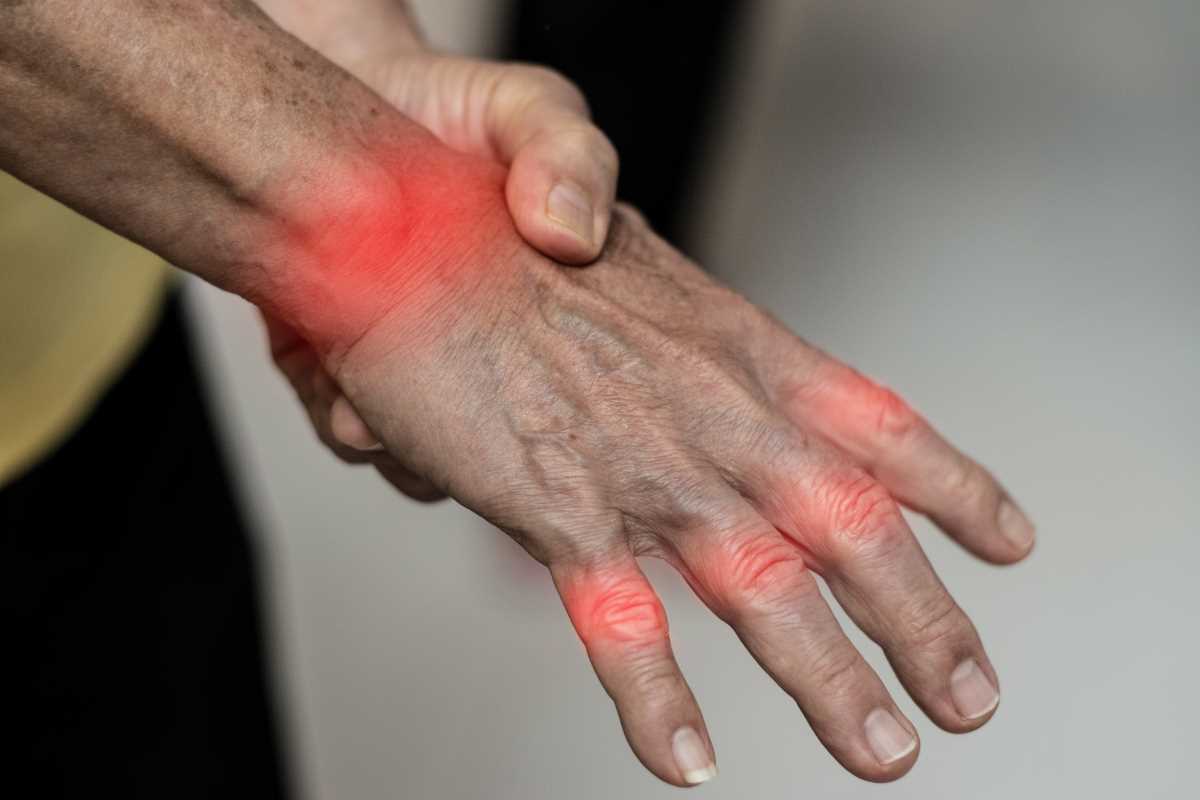Changes in the weather often bring new challenges for those living with chronic pain. Shifts in temperature, humidity, or barometric pressure can make pain or stiffness feel more intense, and these fluctuations may disrupt daily comfort. Experimenting with different ways to manage symptoms can take time, but small changes often lead to meaningful relief. Simple adjustments to your routine—such as dressing in layers, staying active indoors, or keeping your living space comfortable—can help you stay ahead of weather-related discomfort. By preparing in advance and staying attentive to your body’s needs, you can face each new season with greater confidence and comfort.
Weather affects our bodies in subtle ways. The extra weight on joints during rainy days or the twinge of pain on chilly mornings are challenges many face. Simple habits and lifestyle tweaks can smooth out these tough times and help keep your discomfort under control.
Understanding the Connection Between Weather and Chronic Pain
The link between weather and pain may seem mysterious at first, but many believe that shifts in atmospheric pressure inflame joints and muscles. As conditions change, your body reacts with increased pain in areas that already hurt. This connection means that adapting your routine to meet the demands of the weather can lead to more stable comfort levels.
Scientific studies have explored how changes in temperature and humidity affect conditions like arthritis and back pain. Even if the exact reasons aren’t fully clear, you can observe trends in your own body’s behavior. Paying attention to these patterns and preparing for them makes it easier to enjoy activities no matter the condition outside.
Staying Active: Gentle Exercises for Pain Relief
Maintaining movement is key in managing chronic pain. Light exercises help strengthen muscles, boost joint flexibility, and improve circulation. Keeping active protects you from stiffness, and even mildly challenging routines can have positive results when practiced consistently.
Finding the right exercise routine may require some experimentation. It might help to try several activities until you discover ones that feel natural and enjoyable. Here are some recommended activities that could bring relief:
- Walking in a flat, even area to avoid sudden strains.
- Stretching routines that gently work your muscles in the morning and before bed.
- Yoga sessions designed to ease joint tension and promote relaxation.
- Water aerobics or swimming that reduce stress on your joints while keeping you fit.
- Light strength training with resistance bands to build stability.
Including one or more of these activities in your daily routine helps you maintain a level of mobility that supports your pain management efforts. Experiment with duration and intensity to find what works best on days when the weather might be more challenging.
Adapting Your Environment for Comfort
Your immediate environment plays a big role in how your body copes with pain. Simple changes at home, at work, or in your car can help you stay comfortable even when the weather is less than ideal. Small adjustments can reduce the physical strain on your body and make everyday activities easier to manage.
Start by assessing your living spaces. Consider adding soft rugs, supportive cushions, or heated blankets to ease joint discomfort during colder weather. You might also introduce ambient warm lighting or soothing background sounds that create a more relaxed space. Adjust your space gradually, testing out small tweaks until you feel more at ease.
Medication and Treatment Adjustments During Weather Changes
It's wise to review how your current treatments respond during weather shifts. Sometimes what works well in one season needs a little tweaking when conditions change. Tracking your pain levels can provide useful hints on when to consider adjustments.
Your healthcare provider can help you fine-tune your care plan. Exploring medication schedules or techniques that better suit your current needs often results in more consistent relief. Keep these tips in mind when evaluating your treatment plan:
- Monitor your symptoms daily and note any changes related to weather patterns.
- Discuss with your provider the possibility of adjusting dosage or timing on days with extreme weather.
- Try incorporating topical treatments or heat therapies when you feel a flare-up coming on.
- Review any new treatment options or supplements that might assist during particularly challenging weather conditions.
- Maintain a detailed log of any side effects to better understand which adjustments work best for you.
Taking these steps helps you stay ahead of discomfort and keeps communication open with your healthcare team. Sometimes simple modifications lead to much better pain control during weather changes.
Stress Management and Mental Wellness
Chronic pain, especially during unpredictable weather, can be mentally exhausting. Calm routines and short relaxation breaks—like deep breathing, listening to music, or enjoying a hobby—can ease both stress and pain.
Simple habits such as stepping outside, stretching, or talking with a friend can help shift focus and boost your mood. Over time, these small changes build resilience and support your well-being.
Stay mindful of your body’s needs, adapt your environment, and explore what works best for you. Even small steps lead to greater comfort and balance.







